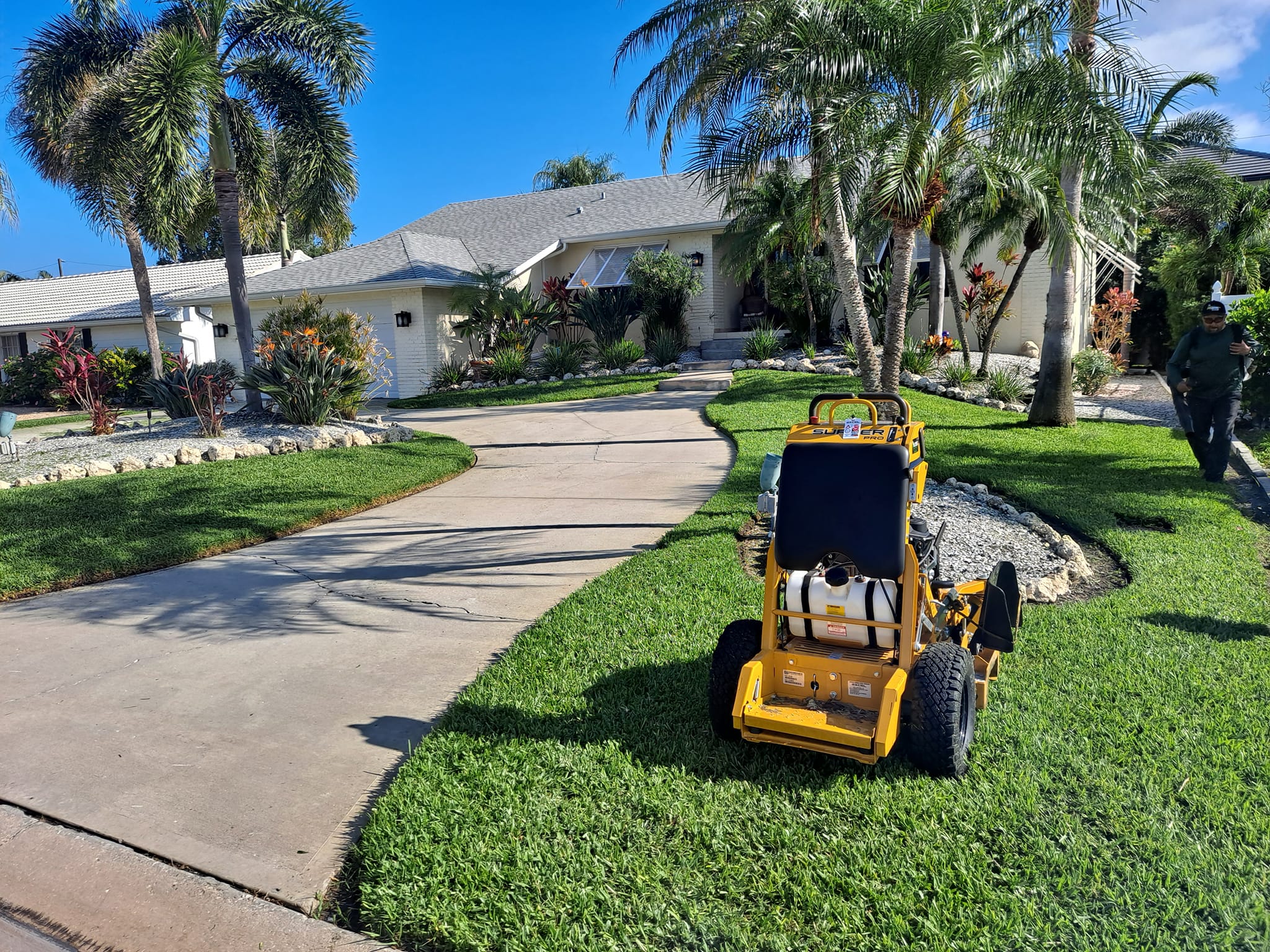
How to Recognize and Address Common Tree Diseases Oct 10, 2025
One of the most prevalent tree diseases is Anthracnose, a fungal infection that primarily affects shade trees like sycamores, ash, and oaks. Symptoms often include irregular leaf spots, premature leaf drop, and twig dieback. While Anthracnose rarely kills mature trees, it can weaken them over time, making them vulnerable to other diseases and pest attacks. To combat Anthracnose, proper tree pruning to increase air circulation and applying fungicides during early spring can be beneficial strategies.
Another common issue is Powdery Mildew, which manifests as a white or gray powdery coating on leaves and shoots. This disease can stifle photosynthesis, leading to stunted growth and weakened trees. While Powdery Mildew thrives in dry, warm climates, it’s crucial to ensure proper watering and spacing of trees to minimize its impact. Removing infected plant debris and using disease-resistant tree varieties also offers long-term protection.
Canker diseases pose a significant threat, particularly to stressed or wounded trees. These diseases cause localized dead areas on branches or trunks, often resulting in sunken, discolored bark. If left untreated, cankers can girdle branches, causing dieback or tree death. Regular inspection and immediate removal of infected bark or limbs are crucial steps. Additionally, maintaining optimal tree health through adequate nutrition and hydration can reduce susceptibility to cankers.
Root rot, commonly caused by overwatering or poor drainage, leads to wilting foliage and slow growth. Recognizing root rot can be challenging as symptoms often mimic those of nutrient deficiencies or drought stress. To prevent root rot, ensure proper soil drainage and avoid excessive watering. Consulting a professional tree service like Sanchez Tree Service can help assess the extent of root damage and recommend targeted interventions.
Dutch Elm Disease, targeting elm trees specifically, is another serious concern. Spread by bark beetles, this disease causes rapid yellowing and wilting of leaves, usually starting from the crown. Preventing Dutch Elm Disease involves a combination of strategies such as using disease-resistant elm varieties, applying systemic fungicides, and regularly inspecting and removing infected wood.
Prompt intervention is critical with any tree disease. Regularly inspecting your trees for signs of illness is a proactive step toward maintaining their health. While some homeowners may be able to manage minor diseases independently, persistently severe or complex conditions require the expertise of tree care specialists. Professional services can accurately diagnose diseases, suggest appropriate treatments, and ensure your trees remain vibrant and strong.
In conclusion, by recognizing the early warning signs of common tree diseases and employing effective treatment measures, you can protect the green oasis on your property. Whether dealing with tree diseases or other tree care needs, Sanchez Tree Service stands ready to provide expert assistance, ensuring your trees receive the best possible care. Remember, healthy trees contribute significantly to a thriving environment and add immeasurable value to your landscape.
/filters:no_upscale()/filters:format(webp)/media/d9ced198-68c7-48b5-9be3-17fa7de63d03.jpeg)
/filters:no_upscale()/filters:format(webp)/media/8a2a3337-2e9e-4112-af4f-bd5164f5ccd5.jpeg)